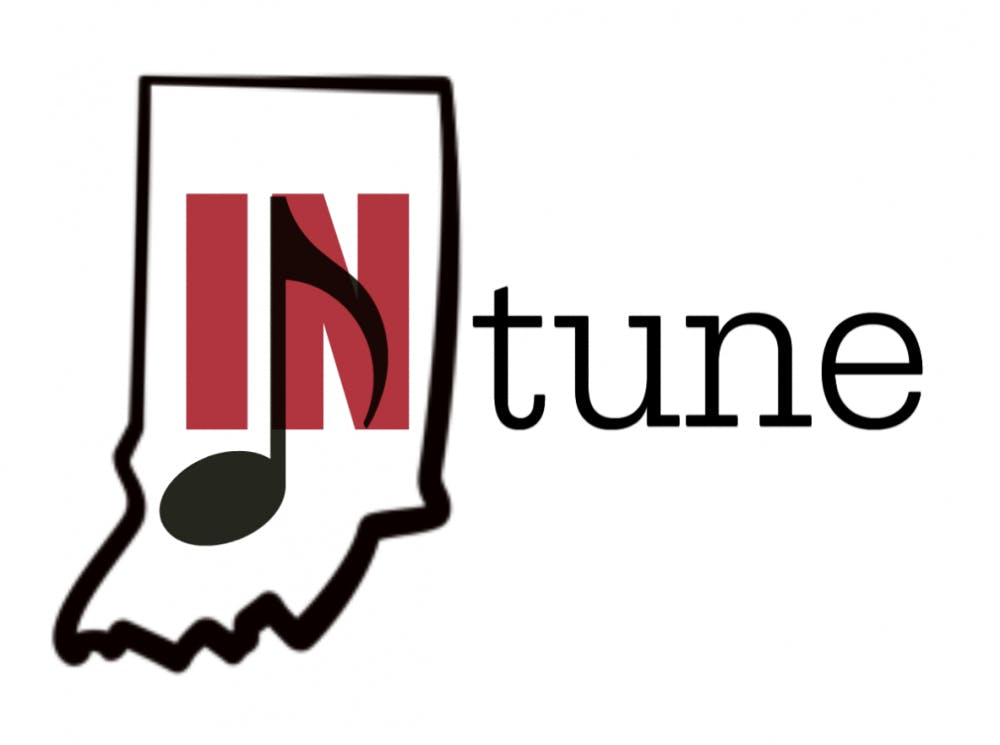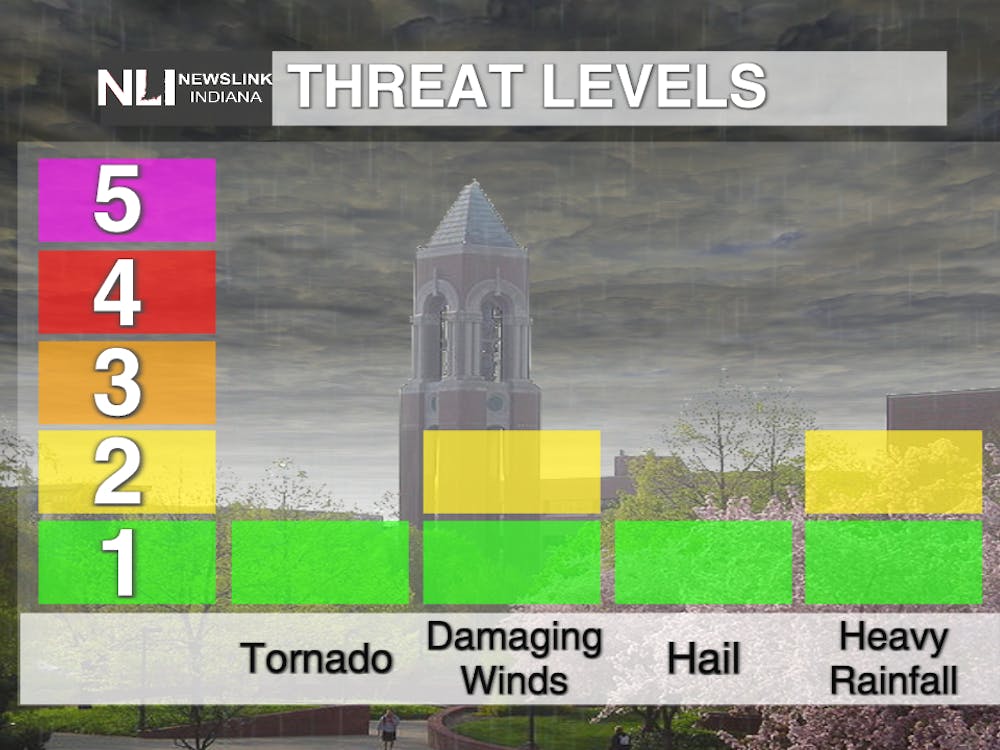The next generation will be the first to grow up with Internet, never knowing what it was like before the days of online encyclopedias, Netflix and downloadable music. For them, entertainment exists mostly on the web.
While many people still collect CDs and vinyl records, the most common way people listen to their music is through streaming services such as Spotify or Apple Music. Music fanatics have come crawling from the woodwork with criticisms of everything from how it sounds to how it affects the music industry’s economy.
Convenience
The whole point of technology is to make things easier, making convenience the main reason that music has been moved to streaming services. Thanks to Spotify, I can have every albums from The Beatles in my pocket. On Fridays I spend a couple of hours flipping through the new releases section, listening to whatever came out that week. That’s incredible. Listeners can expand their range by sampling all kinds of genres, and playlists are available for every activity imaginable. Making it possible to listen to music good for focus, for getting ready, for being happy or sad, at all times of the day.
Sound

That being said, some genres of music most likely won’t sound as good on vinyl. Vinyl records have limited surface space and volume can depend on the depth of the grooves. The longer the album, the shallower the grooves and the more noise gets let into the sound. Some electronic dance music or dubstep, such as Skrillex, will not sound as good on vinyl because the fast-paced highs and lows can throw off the needle.
The experience
Streaming services have introduced the culture of playlists and the shuffle feature, leaving the opportunity to simply click whatever song you want to listen to, without sitting through the previous songs on the album. Is this the death of the album? I remember the days of associating songs with their number on the album, having to painfully skip through every song on the album to get to my favorite one. But I was young, and Hilary Duff’s “Dignity” was bolstering my pre-teen angst, not telling me a story. The order of the songs on an album was chosen by the artist for a reason. The days of releasing singles, EPs and whenever-the-heck-they-feel-like are upon us.
What next?
As the cycle of musical evolution progresses, we see music becoming easier to access and cheaper to hoard. A musician makes a living by selling their product, therefore it is reasonable to see them less than enthusiastic about streaming service pricing. Artists such as Taylor Swift, Adele and Beyonce have made bank by not permitting their music to be released on streaming services. On the opposite, Chance the Rapper has risen to fame quickly, despite never charging for his music.
For avid music listeners and critics, the album will mostly likely not die, but I can’t say the same about the album in hard copy form. Streaming music from my mobile device allows music to be a part of my everyday life, and has broadened my musical horizons. Now, musicians have to adapt. The streaming service Tidal is making an effort by providing HD quality music, but it is much more expensive than other streaming services, and riddled with glitches. While vinyl has hit records highs in sales in recent years, once digital streaming services figure out a way to provide higher quality sound, vinyl will surely pass on. It lived a good life.





